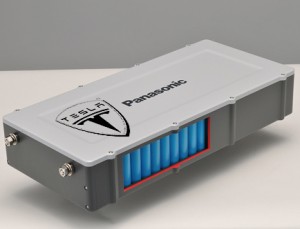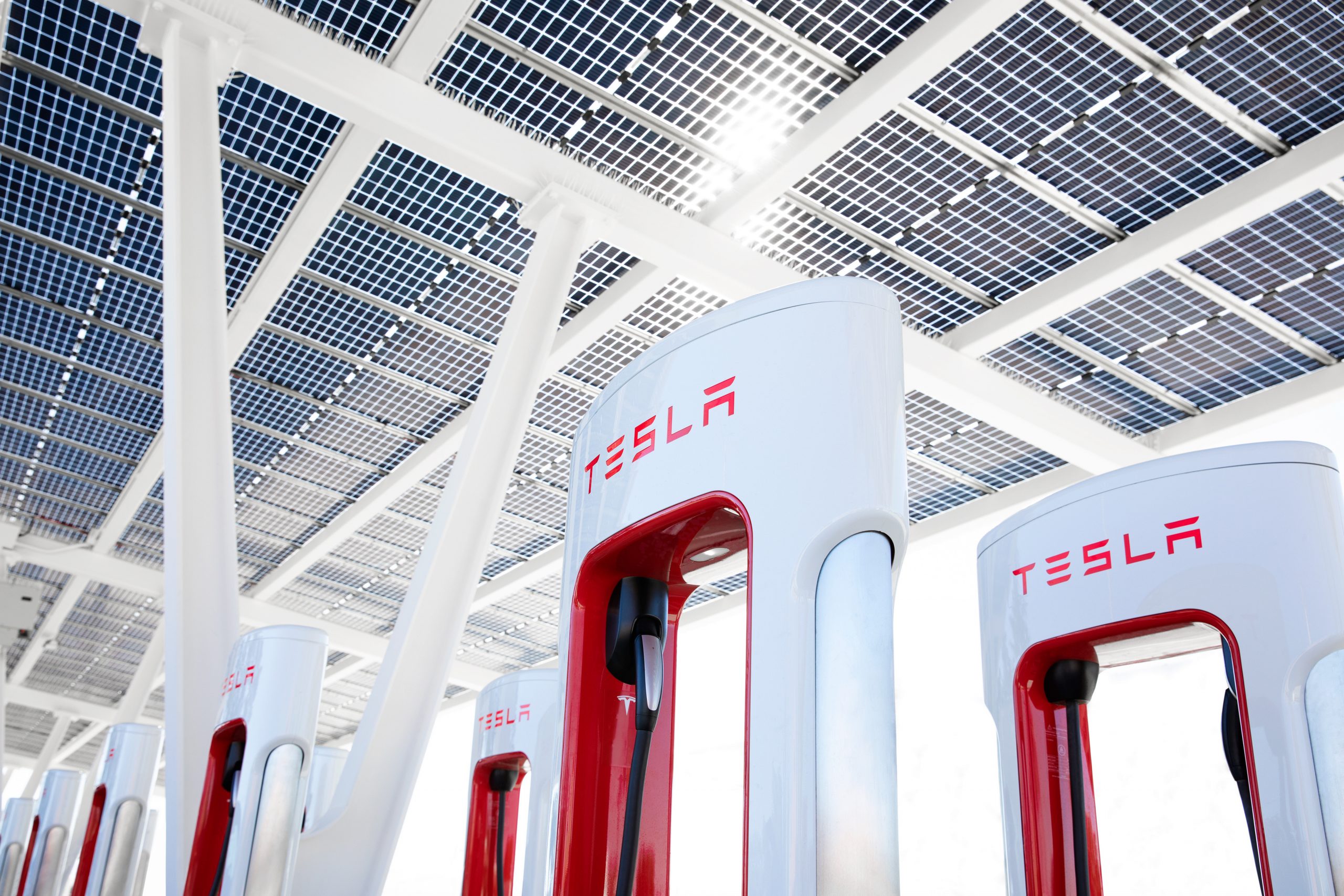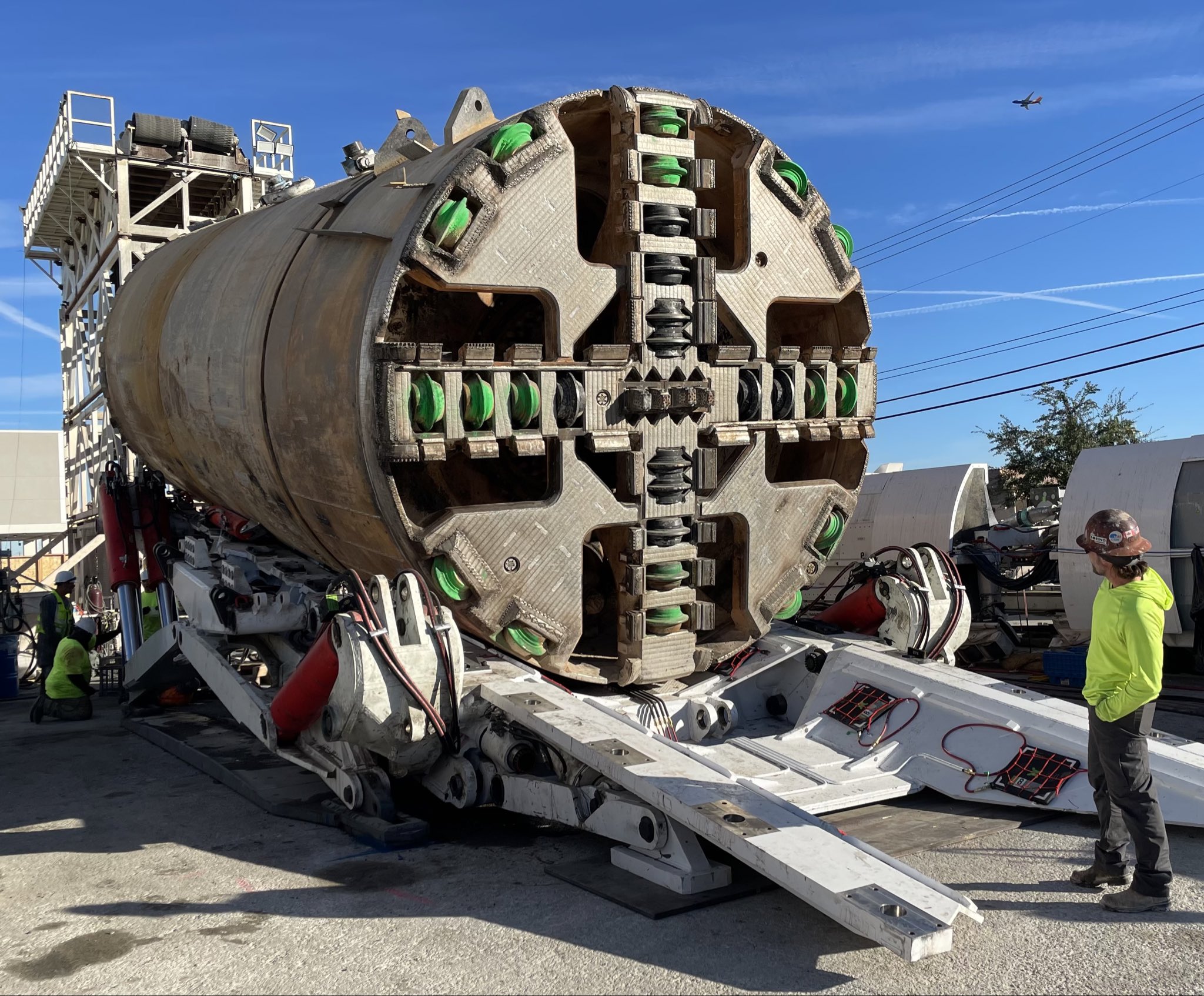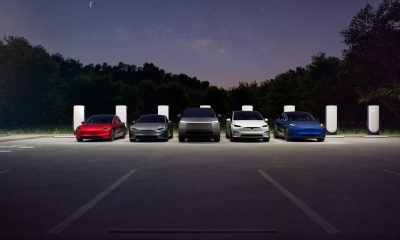 It’s always interesting reading comments and editorial commentaries on what makes Tesla Motors success so outrageous. After all, the company posts a loss, but manages to gain credibility, as well as the almighty investment dollar. The secret to the Tesla Motors success is simple.
It’s always interesting reading comments and editorial commentaries on what makes Tesla Motors success so outrageous. After all, the company posts a loss, but manages to gain credibility, as well as the almighty investment dollar. The secret to the Tesla Motors success is simple.
In her excellent post on Seeking Alpha, Mira Inbar points to the three main reasons that explains Tesla Motors success. What is interesting to see is, why have others failed where a Californian startup didn’t? It all boils down to a simple and rational recipe a few other successful companies used in the past. You might remember them, Apple and Google?
Tesla Motors success recipe: Own the most expensive part of your business
The first part of the Tesla Motors success is that early on, Tesla decided to own its technology by assembling its own battery packs. Unlike other carmakers who chose to delegate this crucial part of an electric vehicle (EV) to battery maker, Tesla’s success is classroom 101 and its security track is exemplar. But to a traditional carmaker, the idea of assembling the battery pack of an EV is alien and foreign. They are geared toward building engines and slapping a body on top of. But a startup is unencumbered by this tradition. It sees a developing technology, senses the unspoken demand and finds solutions around the obstacles.
Tesla buys its 18650 cylindrical battery cells directly from Panasonic, but it develops the thermal management system, software, electronics, and mechanics around its pack in-house. The result is that no Model S has gone up in smoke on its own. Any accidents were caused by a third party. Unfortunately, the same can’t be said about traditional carmakers making modern EVs. Since you can’t own the manufacturing of gasoline, how about giving electricity to your clients for a measly extra $2,000 at purchase time?
Tesla Motors success recipe: Use available and proven technology
As mentioned above, Tesla Motors buys its commodity lithium-ion battery directly from Panasonic. This is the other ingredient to the Tesla Motors success. Certain carmakers decided to use different types of lithium batteries and left it up to the battery makers to design the thermal management and pack casing. Tesla rightfully felt this was more a carmaker’s responsibility. The result is that Tesla now has one of the best energy dense lithium-ion battery on the market that is always kept at a maximum operating temperature and its longevity speaks for itself.
ALSO SEE: Panasonic Tesla Sign off on Gigafactory
Tesla’s second-generation cell designed in conjunction with Panasonic will catapult the company a few years ahead of the competition. In order to ensure the momentum, Musk simply plans to build a giant battery factory to continue owning the build process. The Gigafactory will assure success for the upcoming Tesla Model III and its new generation of cells.
Tesla Motors success recipe: Secure patient capital with a long-term view
News
Tesla teases new market entrance with confusing and cryptic message

Tesla teased its entrance into a new market with a confusing and what appeared to be cryptic message on the social media platform X.
The company has been teasing its entrance into several markets, including Africa, which would be a first, and South America, where it only operates in Chile.
In September, Tesla started creating active job postings for the Colombian market, hinting it would expand its presence in South America and launch in a new country for the first time in two years.
The jobs were related to various roles, including Associate Sales Manager, Advisors in Sales and Delivery, and Service Technicians. These are all roles that would indicate Tesla is planning to launch a wide-scale effort to sell, manage, and repair vehicles in the market.
Last night, Tesla posted its latest hint, a cryptic video that seems to show the outline of Colombia, teasing its closer than ever to market entry:
— Tesla North America (@tesla_na) November 12, 2025
This would be the next expansion into a continent where it does not have much of a presence for Tesla. Currently, there are only two Supercharger locations on the entire continent, and they’re both in Chile.
Tesla will obviously need to expand upon this crucial part of the ownership experience to enable a more confident consumer base in South America as a whole. However, it is not impossible, as many other EV charging infrastructures are available, and home charging is always a suitable option for those who have access to it.
Surprisingly, Tesla seems to be more concerned about these middle-market countries as opposed to the larger markets in South America, but that could be by design.
If Tesla were to launch in Brazil initially, it may not be able to handle the uptick in demand, and infrastructure expansion could be more difficult. Brazil may be on its list in the upcoming years, but not as of right now.
News
Tesla expands crucial Supercharging feature for easier access
It is a useful tool, especially during hours of congestion. However, it has not been super effective for those who drive non-Tesla EVs, as other OEMs use UI platforms like Google’s Android Auto or Apple’s iOS.

Tesla has expanded a crucial Supercharging feature that helps owners identify stall availability at nearby locations.
Tesla said on Tuesday night that its “Live Availability” feature, which shows EV owners how many stalls are available at a Supercharger station, to Google Maps, a third-party app:
Live availability of Superchargers now in Google Maps pic.twitter.com/DJvS83wVxm
— Tesla Charging (@TeslaCharging) November 11, 2025
Already offering it in its own vehicles, the Live Availability feature that Teslas have is a helpful feature that helps you choose an appropriate station with plugs that are immediately available.
A number on an icon where the Supercharger is located lets EV drivers know how many stalls are available.
It is a useful tool, especially during hours of congestion. However, it has not been super effective for those who drive non-Tesla EVs, as other OEMs use UI platforms like Google’s Android Auto or Apple’s iOS.
Essentially, when those drivers needed to charge at a Supercharger that enables non-Tesla EVs to plug in, there was a bit more of a gamble. There was no guarantee that a plug would be available, and with no way to see how many are open, it was a risk.
Tesla adding this feature allows people to have a more convenient and easier-to-use experience if they are in a non-Tesla EV. With the already expansive Supercharger Network being available to so many EV owners, there is more congestion than ever.
This new feature makes the entire experience better for all owners, especially as there is more transparency regarding the availability of plugs at Supercharger stalls.
It will be interesting to see if Tesla is able to expand on this new move, as Apple Maps compatibility is an obvious goal of the company’s in the future, we could imagine. In fact, this is one of the first times an Android Auto feature is available to those owners before it became an option for iOS users.
Apple owners tend to get priority with new features within the Tesla App itself.
Elon Musk
Elon Musk’s Boring Co goes extra hard in Nashville with first rock-crushing TBM
The Boring Company’s machine for the project is now in final testing.

The Boring Company is gearing up to tackle one of its toughest projects yet, a new tunnel system beneath Nashville’s notoriously tough limestone terrain. Unlike the soft-soil conditions of Las Vegas and Austin, the Music City Loop will require a “hard-rock” boring machine capable of drilling through dense, erosion-resistant bedrock.
The Boring Company’s machine for the project is now in final testing.
A boring hard-rock tunneling machine
The Boring Company revealed on X that its new hard-rock TBM can generate up to 4 million pounds of grip force and 1.5 million pounds of maximum thrust load. It also features a 15-filter dust removal system designed to keep operations clean and efficient during excavation even in places where hard rock is present.
Previous Boring Co. projects, including its Loop tunnels in Las Vegas, Austin, and Bastrop, were dug primarily through soft soils. Nashville’s geology, however, poses a different challenge. Boring Company CEO and President Steve Davis mentioned this challenge during the project’s announcement in late July.
“It’s a tough place to tunnel, Nashville. If we were optimizing for the easiest places to tunnel, it would not be here. You have extremely hard rock, like way harder than it should be. It’s an engineering problem that’s fairly easy and straightforward to solve,” Davis said.
Nashville’s limestone terrain
Experts have stated that the city’s subsurface conditions make it one of the more complex tunneling environments in the U.S. The Outer Nashville Basin is composed of cherty Mississippian-age limestone, a strong yet soluble rock that can dissolve over time, creating underground voids and caves, as noted in a report from The Tennessean.
Jakob Walter, the founder and principal engineer of Haushepherd, shared his thoughts on these challenges. “Limestone is generally a stable sedimentary bedrock material with strength parameters that are favorable for tunneling. Limestone is however fairly soluble when compared to other rack materials, and can dissolve over long periods of time when exposed to water.
“Unexpected encounters with these features while tunneling can result in significant construction delays and potential instability of the excavation. In urban locations, structures at the ground surface should also be constantly monitored with robotic total stations or similar surveying equipment to identify any early signs of movement or distress,” he said.
-

 News5 days ago
News5 days agoTesla shares rare peek at Semi factory’s interior
-

 Elon Musk5 days ago
Elon Musk5 days agoTesla says texting and driving capability is coming ‘in a month or two’
-

 News4 days ago
News4 days agoTesla makes online ordering even easier
-

 News4 days ago
News4 days agoTesla Model Y Performance set for new market entrance in Q1
-

 News5 days ago
News5 days agoTesla Cybercab production starts Q2 2026, Elon Musk confirms
-

 News5 days ago
News5 days agoTesla China expecting full FSD approval in Q1 2026: Elon Musk
-

 News6 days ago
News6 days agoTesla Model Y Performance is rapidly moving toward customer deliveries
-

 News3 days ago
News3 days agoTesla is launching a crazy new Rental program with cheap daily rates








